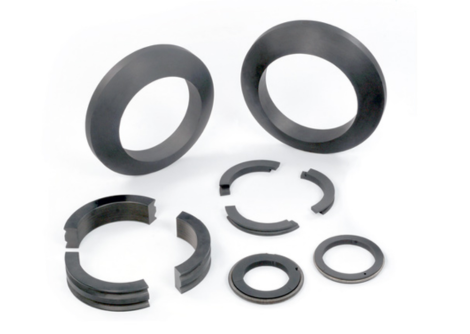Welcome to Excel Sealing Solution since 2010
GST Certified: 27AWLPC3457G1ZI
Welcome to Excel Sealing Solution since 2010
GST Certified: 27AWLPC3457G1ZI

A “carbon steam joint” is a specialized component used in steam systems, particularly in rotary steam joints or rotary unions. Steam joints are mechanical devices that allow the transfer of steam or other fluids between a stationary and a rotating part of a machine or system.
In industrial applications, steam joints are commonly used in rotating equipment, such as steam turbines, rotating cylinders, rolls, and dryer drums. They enable the transfer of steam into the rotating components while maintaining a seal to prevent steam leakage and ensure efficient operation.
A “carbon steam joint” typically refers to a steam joint that utilizes carbon-based materials, such as carbon graphite, as the sealing element. Carbon is chosen for such applications due to its excellent thermal and chemical resistance, self-lubricating properties, and ability to withstand high temperatures and pressures typically encountered in steam systems.